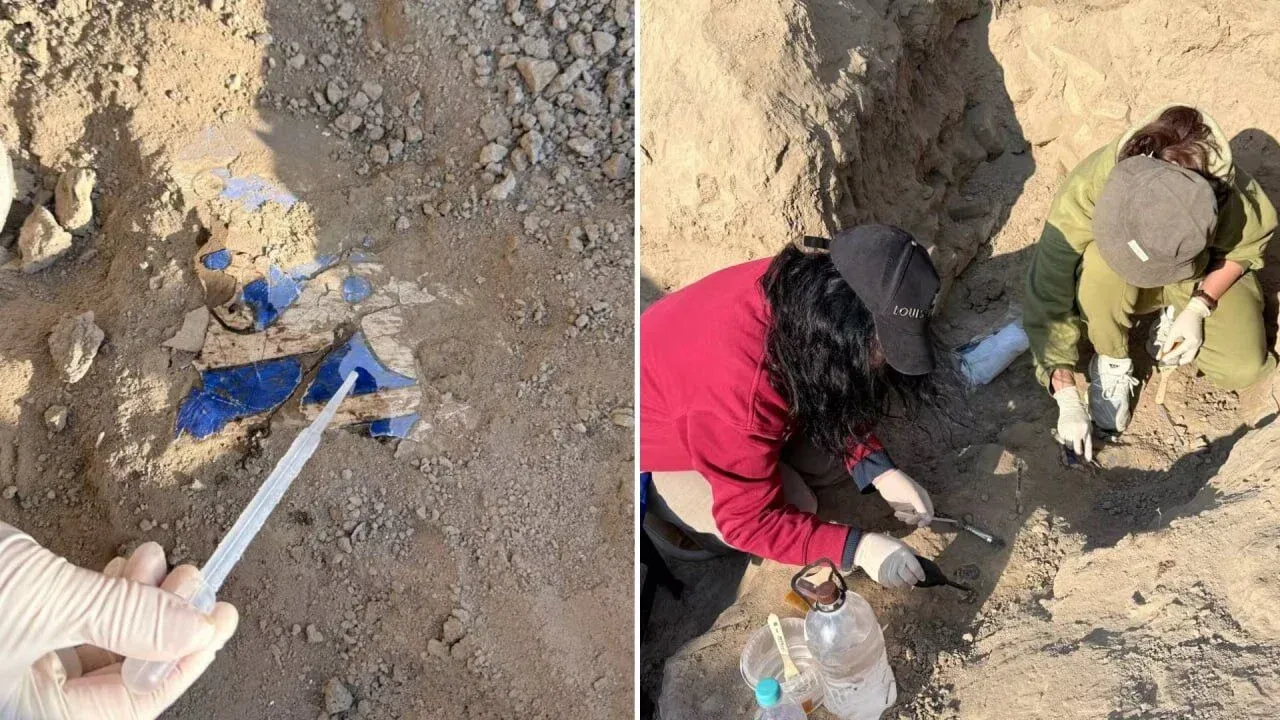
Unique wall paintings from the 10th–11th centuries have been discovered in the Tashkent region. This was reported by Zamin.uz.
This find is of great historical significance, as ancient wall paintings dating back to the 10th–11th centuries AD have been restored. This was reported by the Institute of History of the Academy of Sciences of Uzbekistan.
It is noted that these paintings were found among the ruins of a caravanserai located in the old city of Qanqa. According to archaeologists, this caravanserai was once one of the economic and cultural centers of the city.
Buildings approximately 60 meters from the southern gate of the caravanserai were found to have rich architectural decorations. During excavations, fragments of paintings that had fallen from the walls of one of the caravanserai rooms were discovered.
These fragments measure 25×30, 15×20, and 30×35 centimeters, indicating that the interior of the building was decorated with a high artistic level for its time. Experts believe that this find proves that the wall decoration art, lost after the Arab conquest, was revived in the Tashkent oasis during the 10th–11th centuries.
Additionally, archaeological data shows that a school of wall painting also existed in the Tashkent area. Similar decorations have previously been found in the monuments of Samarkand and Ahsikent.
Currently, these findings are being studied by restorers from the Cultural Heritage Agency and the Samarkand Archaeology Institute. It is worth noting that during research conducted in 2023 at the Qanqa monument, a place of worship and military equipment dating back to the 5th–7th centuries were also discovered.
These discoveries once again confirm that ancient Qanqa was not only an important point on trade routes but also a center of art and culture.







